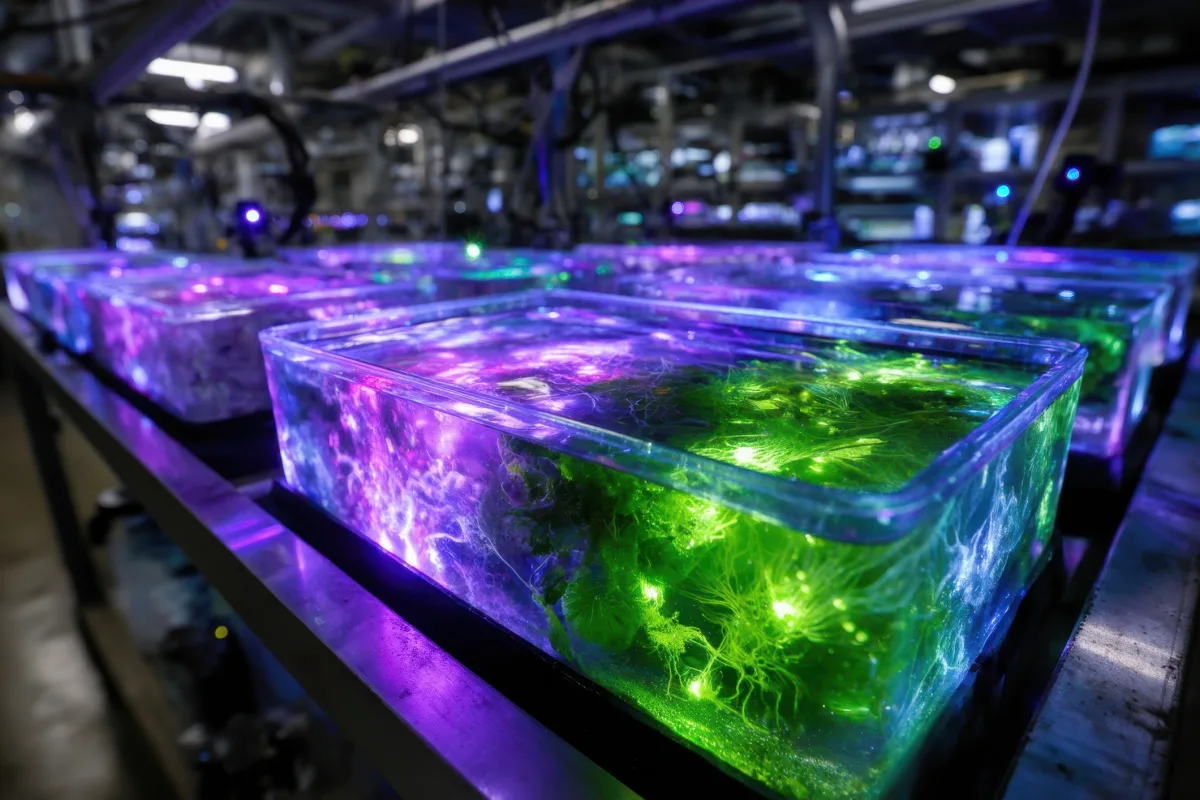At a recent online gathering organised by the United Nations Development Programme (UNDP), focused on unlocking green tech potential, I opened with a thought that may have felt slightly uncomfortable: We are not preparing for green transformation. We are already being shaped by it.
This isn’t something distant or optional. Whether in Tashkent or Lviv, Prishtina or Tbilisi, we are no longer simply reacting to climate pressure—we’re living within a new set of constraints. And with them comes an equally new canvas of opportunity.
Much of the global conversation still treats green transformation as an agenda item—a policy theme, a funding line, a market trend. But perhaps it starts somewhere quieter. In the kind of questions we ask. Before the capital flows, before the strategies are drawn up, a shift begins with curiosity. With paying attention to what we’re missing.
Take the green divide. We talk endlessly about closing the digital gap, but rarely about how unevenly the green transition is unfolding. Capital cities roll out EV fleets and launch circular pilots. Meanwhile, just a few hours away, coal fires still heat homes and diesel keeps the lights on. We speak of smart cities and green jobs—but what if we’re building a future that only some of us can access? Rural areas grow our food, safeguard biodiversity, and generate much of our clean energy—yet they’re treated as afterthoughts. What would change if we centred them instead?
Or consider waste. From mushroom-root packaging in Moldova to wool-based alternatives in Estonia, Central and Eastern Europe and the Baltics are producing remarkable ventures that see waste not as a problem, but as input. Yet we still call them alternatives—as if circular thinking were a fringe pursuit, not the foundation of the future. These aren’t pilot ideas. They are design principles. But shifting mindsets takes as much energy as building the product.
It’s not a race
Then there’s the energy transition. Too often it’s framed as a race—and we assume we’re running behind. But look more closely and the picture shifts. In much of the world, legacy infrastructure slows change. But, in parts of Central and Eastern Europe and Central Asia, the systems are still being built. That’s not a drawback. It’s an opening. A chance to leapfrog into flexibility, decentralisation, and local control. In fact, decentralisation is already the default in many communities—solar in Ukrainian towns, off-grid models in Central Asia, community ownership in Moldova. These aren’t case studies. They’re signals.
But systems don’t reinvent without skills. And the green transition demands a different kind of fluency—one grounded in adaptability, systems thinking, and problem-solving. Our schools still reward memorisation. Our labour markets still lag behind emerging needs. The real barrier isn’t the future. It’s the grip of the past.
And finally, visibility. Green tech doesn’t fail because the ideas aren’t good. It fails because the story isn’t told. Strategy becomes a substitute for vision. Silence stands in for stability. But real leadership doesn’t hide the reinvention in motion. It amplifies it—especially at the edges.
Because green tech isn’t a sector. It’s a shift.
It’s not about energy or recycling. It’s about who gets to shape the next version of how we live, move, learn, and build.
The centre of gravity is moving—not to the usual places, but to classrooms, start-ups, labs, and local communities. That’s where the map is being redrawn.
And reinvention begins the moment we stop asking if we’re ready—and start daring to shape the answer.
Photo: Dreamstime.







